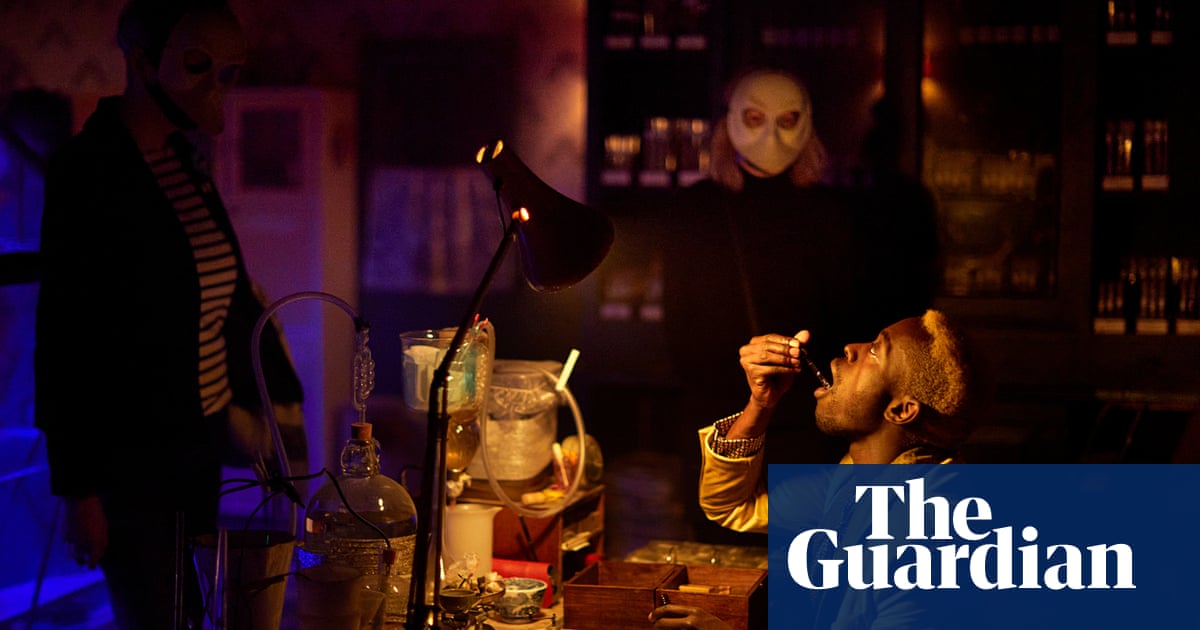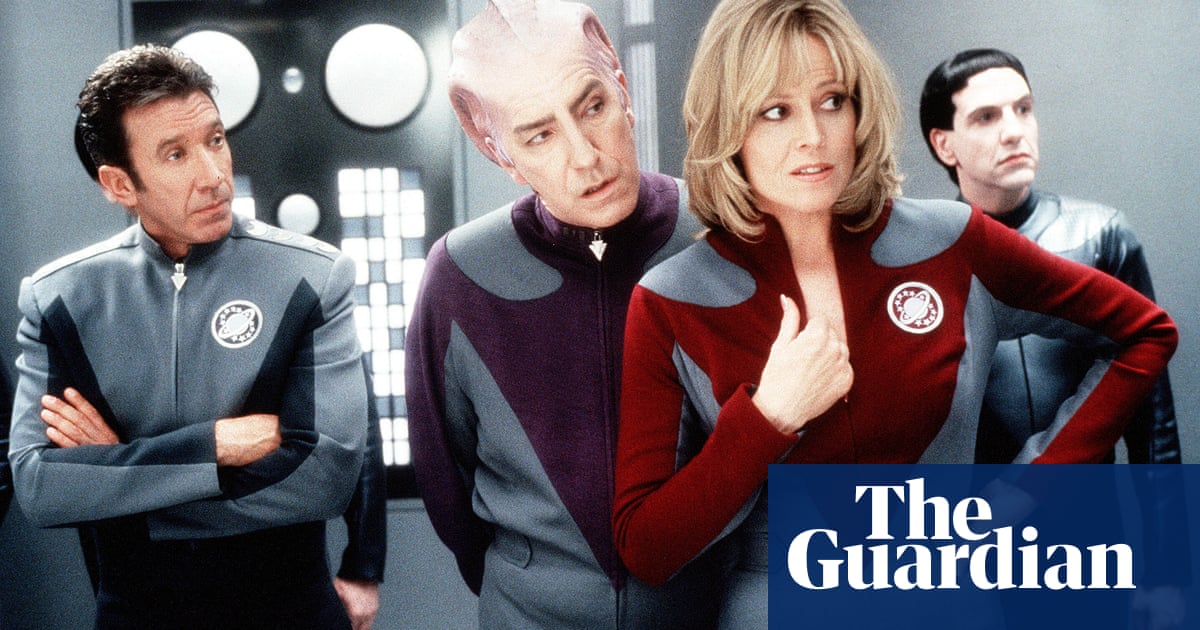
ustralian pop star and songwriter Sia Furler’s feature directorial debut Music is in effect two very different films with wildly disparate tones, stuck together using a sludgy mixture of by-the-book drama and hipstery eclecticism.
One – a collection of music sequences presented in spanking bright colours, with sets and costumes that seem designed to replicate the experience of taking magic mushrooms during a fashion show or contemporary art exhibition – is nothing but self-conscious.
And the other – a hard-hitting drama about a non-verbal woman on the autism spectrum, Music (Maddie Ziegler) and her deviant drug-dealing sister Zu (Kate Hudson) – isn’t self-conscious at all. Even when Sia indulges hackneyed tropes involving breaking bad and coming good, and on-the-nose dialogue a la, “I used to think I knew what love was; now I’m not so sure”.
This thread of the film has a problem in the casting of Ziegler, a young dancer – now 18 years old, but filming began in 2017 – who has been somewhat of a muse for Sia, starring in her film clips and tours. As the titular character, Ziegler simply does not have the gravitas and authenticity required to make a role like this work, and is not on the autism spectrum herself. When the trailer landed last November it went down like a lead balloon, drawing ire from the disability community for not casting the real deal, and for appearing to have what some saw as an ableist gaze.
When Sia fired back with since-deleted Tweets, the situation got messier: she insisted, for instance, that she had originally cast an autistic person in the lead role – never mind that interview in which she claimed to have written the movie specifically for Zeigler. It all felt a bit icky.
In light of these conversations all eyes become trained on Ziegler – even more so than they would have otherwise. Her distracting performance feels ill-judged at best, and lacks the support of a credible, nuanced drama to help it resonate. There is no question that an autistic actor would have given the film greater authenticity, which it really needs. Compare Music to Rolf de Heer’s 1998 Australian drama Dance Me to My Song, which was co-written by and starred Heather Rose, who had (and plays a character with) cerebral palsy, and there is in fact no comparison: Rose lends the role a legitimacy that informs and enhances everything.
The tone of the drama in Sia’s film shoots for kitchen sink realism, but is hampered in part by familiar pages ripped from the playbook, such as the old “crime don’t pay” chestnut and a Rain Man dynamic, involving a morally dubious person rejuvenated after spending time with an on-the-spectrum sibling. In Sia’s film, as in Barry Levinson’s 1988 road movie, the autistic characters feel more like dramatic tools to improve the circumstances of neurotypical people, rather than fully-fledged humans who think, feel and act on their own terms.
After Music’s mother dies, caring duties for her fall to Zu, who has a big “whatcha lookin’ at?” type personality and – borrowing the words of her kindly new potential love interest Ebo (Leslie Odom Jr) – a “dark girl vibe going on”. Early moments show quick visions of Music’s day-to-day life, before the director kickstarts the first of many outlandish musical numbers, whisking us to a surreal bright orange set for a message about how “in my dreams my body does not control me”. This dangerously tilts the film in the direction of a pity narrative – which it largely, thankfully, avoids.
The arty gambol and expressive flavour of the production exists most strikingly in these song-and-dance sequences, which are not particularly interesting in their camerawork and choreography but have bouncy tunes and unmissable sets and costumes; the kind that make you feel under-dressed and overwhelmed. Expect fluffy walls that look like giant slabs of fairy floss, pools of pink foam cubes, bathing suits resembling shrunken Teletubbies outfits, dresses apparently made of kitschy wallpaper – that sort of thing.
Unsurprisingly these spectacles are the most enjoyable moments. Injecting giddy flights of fancy to break up a film’s mundanity will never get old, as we have been reminded of in countless other productions-including the daydream sequences in both versions of The Secret Life of Walter Mitty (from 1947 and 2013), and in Beasts of the Southern Wild, when fantastic boar-like creatures arrive to stomp across the landscape.
In Music, it’s all a bit of a hodgepodge; Sia hurling rainbow-coloured mud at the proverbial wall in the hope something will stick. She in turn creates spectacles not just divorced from the drama but from each other, with the loosest kind of tonal consistency. These numbers have a certain eclectic je ne sais quoi but before long their randomness feels like the equivalent of the director watching TV and regularly changing the channel, as if bored by her own movie.
I found myself caught between wanting the songs to end and the drama to return; then, when the drama returned, wanting the songs to start up again. By the time the closing credits roll, one gets the unfortunate sense that several people involved – ie Ziegler, Hudson, Odom, maybe even Sia – would like this film to be washed off their CVs with a high-powered hose.












